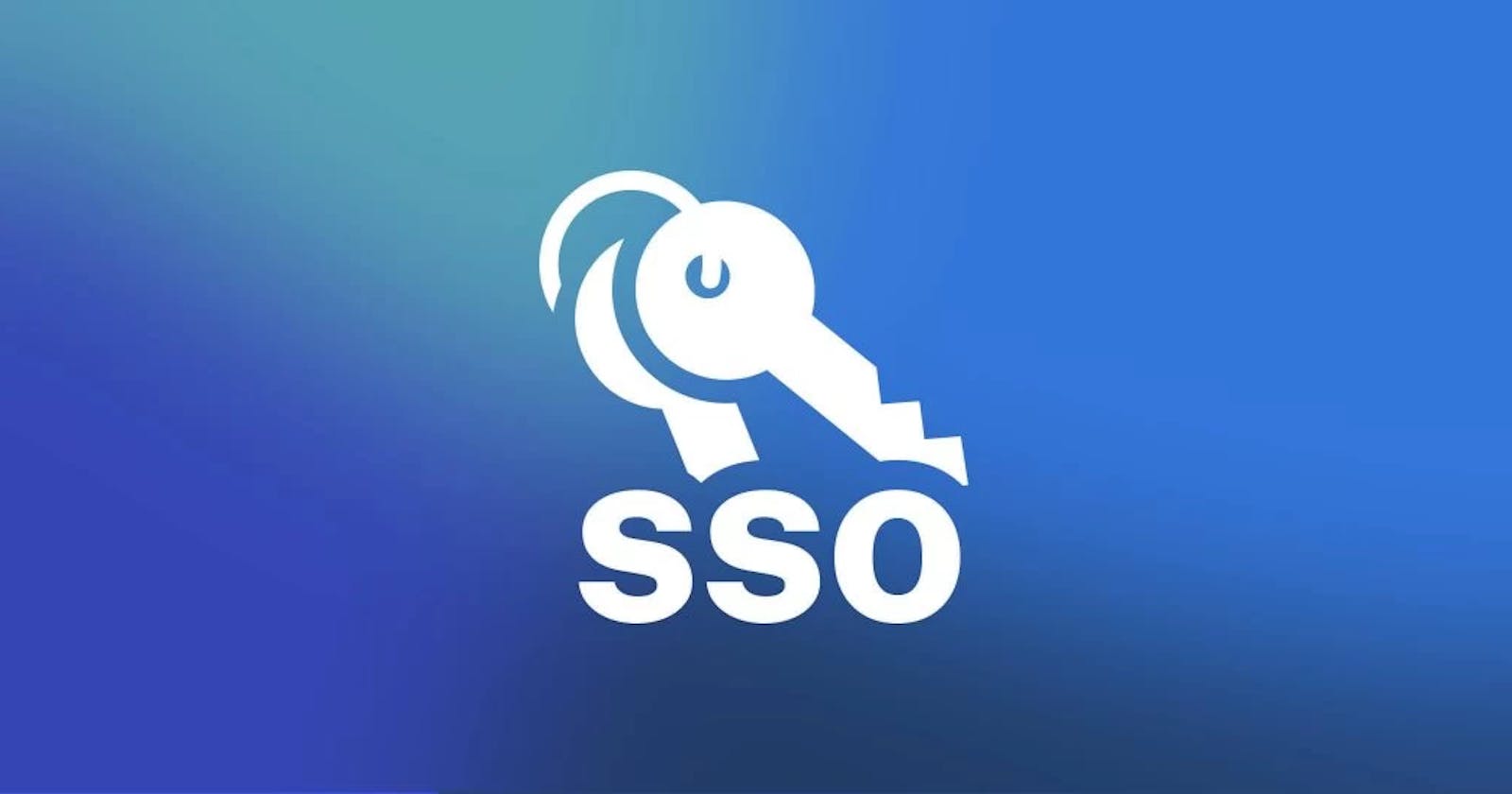Introduction Understanding Single Sign-On (SSO)
Single Sign-On (SSO) is a centralized authentication mechanism that allows users to access multiple applications or services with just one set of login credentials. Instead of having to remember and enter separate usernames and passwords for each application, users can authenticate once and gain access to all the connected systems seamlessly. This not only enhances user experience but also improves security and productivity for both users and administrators.
How Does SSO Work?
SSO works by establishing a trust relationship between multiple systems or applications. When a user attempts to access a resource that requires authentication, they are redirected to a centralized authentication server, also known as the Identity Provider (IdP). The IdP then authenticates the user using their credentials, such as username and password, biometric data, or other authentication methods.
Once the user is authenticated, the IdP generates a token or assertion confirming the user's identity. This token is then passed back to the requesting application, which verifies the token with the IdP to ensure its validity. Upon successful validation, the user is granted access to the application without needing to re-enter their credentials.
Benefits of Single Sign-On
Enhanced User Experience
SSO simplifies the login process for users by eliminating the need to remember multiple sets of credentials. This streamlines the authentication process, reduces friction, and improves overall user experience.
Increased Productivity
With SSO, users spend less time managing and entering passwords, allowing them to focus on their tasks and responsibilities. This increase in productivity can have significant benefits for organizations, especially those with numerous applications and systems.
Improved Security
Centralizing authentication through SSO can enhance security by enforcing stronger authentication policies, such as multi-factor authentication (MFA). Additionally, since users only need to remember one set of credentials, they are less likely to resort to insecure practices such as writing down passwords or using weak passwords across multiple systems.
Simplified Administration
SSO reduces the administrative burden associated with managing user accounts and passwords across multiple systems. IT administrators can centrally manage user access, permissions, and authentication policies from a single console, streamlining operations and reducing overhead.
Common SSO Protocols
Several protocols are commonly used to implement SSO, each with its own characteristics and use cases. Some of the most widely adopted SSO protocols include:
SAML (Security Assertion Markup Language): A widely used XML-based protocol for exchanging authentication and authorization data between the IdP and service providers.
OAuth (Open Authorization): A protocol commonly used for delegated authorization, allowing applications to access resources on behalf of the user after obtaining their consent.
OpenID Connect: Built on top of OAuth 2.0, OpenID Connect provides authentication services with identity information in the form of JSON Web Tokens (JWTs).
Conclusion
Single Sign-On (SSO) offers a convenient and secure solution for managing user authentication across multiple applications and systems. By centralizing authentication and eliminating the need for users to remember multiple sets of credentials, SSO enhances user experience, productivity, and security. With the widespread adoption of SSO protocols such as SAML, OAuth, and OpenID Connect, organizations can leverage these technologies to streamline access management and improve overall operational efficiency.
